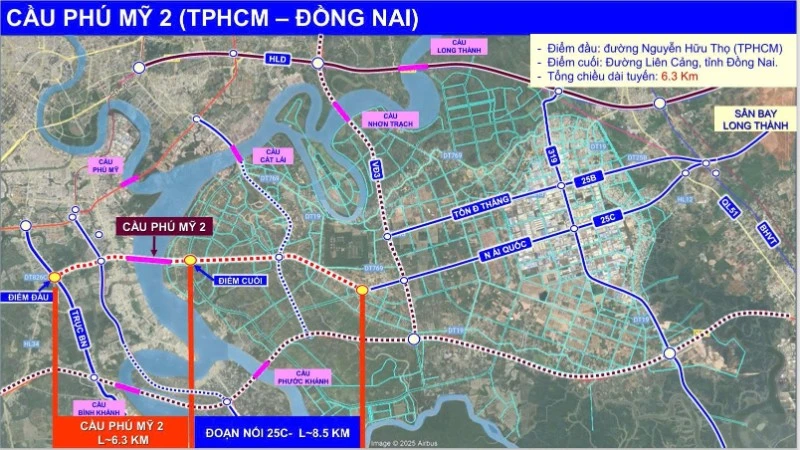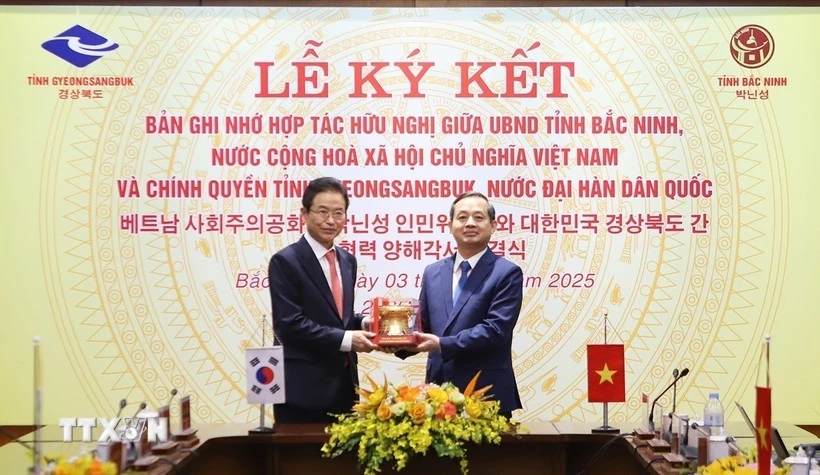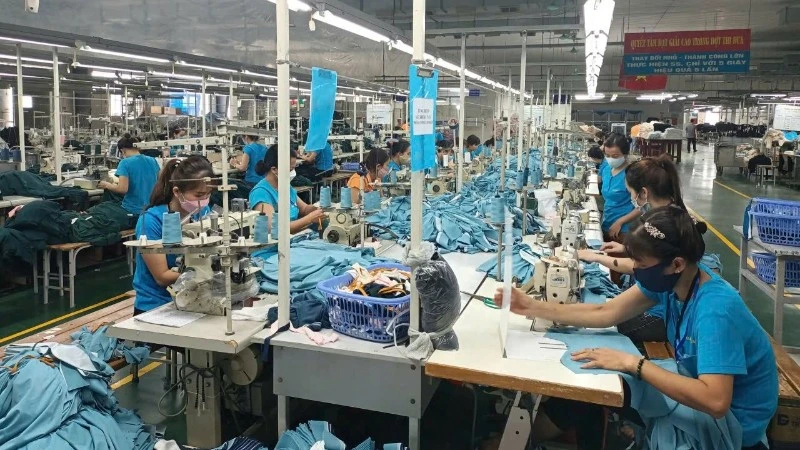To broaden market reach and diversify export destinations, according to Cao Thi Phi Van, Deputy Director of the ITPC, Viet Nam is focusing on effectively tapping into the domestic market and strengthening trade promotion to help enterprises expand exports.
In the current context of global economic volatility, especially amid the effects of US tax measures, disruptions in global supply chains, and the rise of trade protectionism, Vietnamese enterprises face an urgent need to swiftly adapt and reposition their development strategies.
Deputy Director of the ITPC Cao Thi Phi Van remarked that challenges also create opportunities; this is a time for businesses to reassess their internal capacities, reinforce foundations, and renew development mindsets to overcome difficulties and thrive in the future.
Authorities in Ho Chi Minh City, together with local enterprises, have been implementing numerous initiatives to diversify markets, products, and supply chains, as well as to enhance the quality and competitiveness of goods and services, ensuring readiness for global economic shifts. Notably, Viet Nam is capitalising on the opportunities offered by 17 free trade agreements signed with over 60 economies worldwide.

Meanwhile, according to Professor Tran Ngoc Anh from Indiana University (the US), Viet Nam has emerged as an increasingly attractive destination for production and export activities. In particular, US imports from Viet Nam have shown impressive growth across several industries.
In the wood industry, US imports from Viet Nam have risen substantially, even approaching China’s figures in recent years. Similarly, Viet Nam’s garment and textile exports to the US have remained stable. Even in the semiconductor sector, though Viet Nam holds a relatively larger market share, tariffs on Vietnamese products remain lower compared to those of several other countries.
These figures indicate that, despite the turbulence in the global trade environment, Viet Nam continues to possess certain advantages in attracting investment and expanding exports to the US market.
However, experts stress that to strengthen competitiveness, Vietnamese enterprises must proactively innovate, embrace technological trends, and deepen international integration. A combination of enterprise-driven initiatives and government support will enhance their position in both domestic and international markets.
Duong Hong Loan, Director of the Institute for Viet Nam Initiatives, emphasised that current realities within Vietnamese businesses reveal a significant challenge: 44% of workers lack proficiency in digital skills, even at a basic level, while 37% are only minimally competent.
This has led to a severe shortage of IT professionals within corporate workforces. At present, more than 60% of enterprises still struggle with digital transformation, facing major gaps in data-related, cybersecurity, and automation skills.
To address this issue, experts propose a strategic framework for strengthening digital capability in businesses, built around four key pillars: developing a digital competency framework; designing learning roadmaps by employee groups; cultivating a corporate learning culture; and providing specialised training in technological skills.

At the same time, Vietnamese enterprises should consider three main strategic directions. First, it is essential to strictly comply with supply chain documentation requirements, ensure transparent country-of-origin labelling, and promptly adopt US and EU standards.
Second, the businesses need to upgrade value chains by shifting decisively from the original equipment manufacturing (OEM) model to original brand manufacturing (OBM), with strong investment in brand development. Finally, it is crucial to increase engagement and proactive cooperation with international trade associations to diversify export markets.
Additionally, Viet Nam must develop a robust national and sectoral branding strategy. This is crucial, as the current environment of tariffs and global monitoring demands higher levels of reliability and traceability.
Such a strategy should transform the country’s image from that of a low-cost manufacturer into a credible alternative supplier capable of delivering high-value products.
















